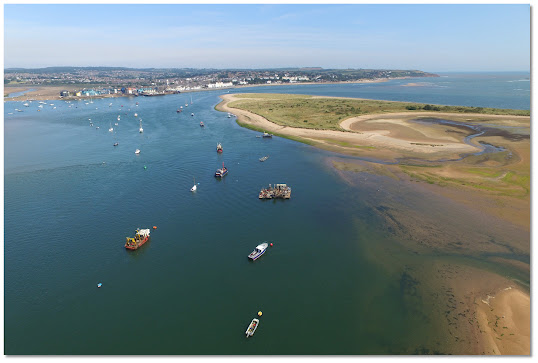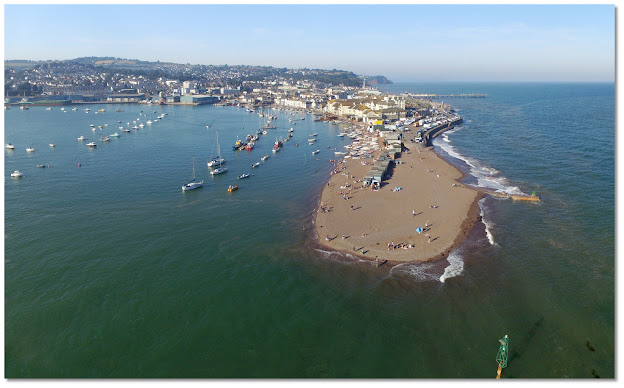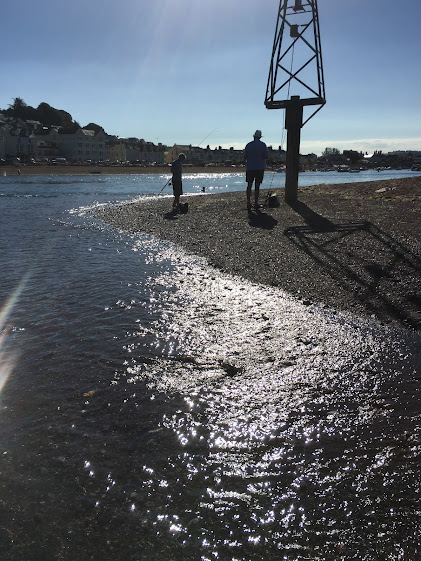PicoMicroYacht can cruise at about 3 miles per hour or 2.6 knots, approximately at human walking speed.
I have to admit, I enjoy this comparatively slow speed, and the rhythm of the oars and the tide takes me into a different place, maybe the slower world of our ancestors.
Example of ancient and slow: A reed boat, still used for fishing in Peru. Such boats go back as far back as 12,000 BC
I realise my slow speed is not for everyone. I took my daughter and her partner out in a 21 foot sailing boat. We left the marina and settled down to about five knots in the adjoining estuary. This was too slow for my daughter who immediately said 'what now?' - meaning 'Is that it?.' I was only able to convince them to continue by explaining that sailing can be a mindful experience and that the thing to do was to spend time meditating on the sea and sky. I suspect they spent the rest of the voyage humouring me, but they were very polite.
So why is PicoMicroYacht so slow?
Recently, I discovered there is a well worked physics of maximum boat speed relative to design.
The starting point is what happens when a displacement boat goes through the water. Two wave forms are created, divergent waves which spread sideways (I call them the bow wave) and transverse waves that go in the direction that the boat travels (is that the stern wave?). The wave combination creates a feathery triangular pattern, as modelled below. The transverse waves are critical to boat speed.
I discovered also that water waves travel at different speeds, unlike light or sound waves. The faster the wave the longer the distance between the peaks of the wave. If you are on a beach and want to judge the force of the waves, count the seconds between each peak as well as looking at the height.
All this is relevant to boat speed as follows:
When a boat speeds up it creates faster transverse waves which are more separated. The boat 'sits' in the transverse waves and as these get longer it gets to a situation where only two peaks are aligned to the length of the boat hull, one at the bow and the other at the stern.
From: https://www.youtube.com/watch?v=OaRfXthP8fw&t=165s
If the boat then tries to go faster the wave length exceeds the boat length; the boat tries to 'climb' the wave at the bow, the stern settling into the trough between waves.
The force needed to 'climb' stops it getting faster. The only way out of this situation is for the boat to have substantially more power which boosts it onto to a plane; only then will the force needed to travel at a higher speed decrease.
Rowing boats do not plane because oar power is not sufficient to get them to this level. It follows speed is limited by length, which is why racing rowing boats are very long. The length of a racing sculling boat is about 27 feet, over double the length of PicoMicroYacht.
Of course, even though boat length defines the theoretical maximum speed, there are other factors that determine actual speed, such as hull shape, weight and hull smoothness.
The weight is important because it determines how much boat is in the water and therefore the amount of water the boat has to displace to move forward.
The shape determines the efficiency of the boat being able to displace the water.
PicoMicroYacht in the Salcombe Estuary
PicoMicroYacht is relatively heavy, being made of rotomoulded plastic. It has a narrow bow, but it somewhat flat in the water, with enough width for it to be fairly stable (1.43 metres). PicoMicroYacht sacrifices speed to create strength and what is called 'form stability.'
Rowing in a racing sculling boat in Rio de Janeiro
The width and weight of PicoMicroYacht ensures that there is much more surface area in the water, with greater displacement and friction, hence the relatively slow speed.
One way of determining speed efficiency is to compare the actual speed to the theoretical maximum speed. Equations have been developed to calculate the latter, the one most quoted, being 1.34 X SQRT (Boat Waterline Length). PicoMicroYacht in theory could be rowed up to 4.5 miles per hour.
This got me thinking about how fast a single person can possibly row. In terms of international rowing competitions, the standard distance is 2000 metres.The fastest official time at this distance is by Robbie Manson, a New Zealander, who did it in six minutes 31 seconds in 2017. This translates to about 11.45 miles per hour.
Of course, put a racing sail on PicoMicoYacht, go out in some wind, and it may even go faster than this.




































